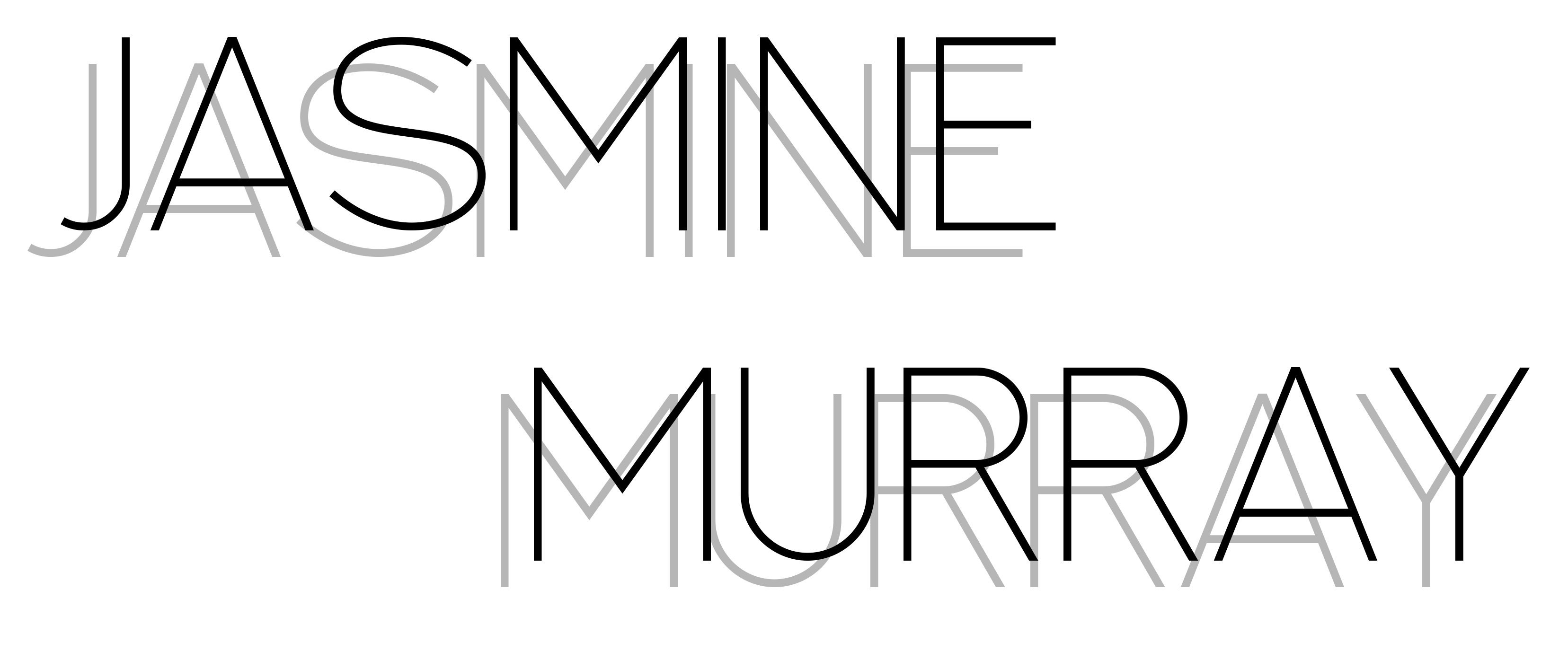Project Development
Figure 1 Murray, J. (2020) from the series ‘e-maGen’
The past two weeks I have been further developing and adding to my series e-maGen with combined portraits with myself and the mannequin layered with scanned in textures of dragged postcards, lavender and holographic gift wrap to produce a malfunctioning glitchy effect as means of implying the identities I am portraying are imperfect in being unreal, robotic, not human, yet at the same time, human. To the scanned images I have also produced outcomes which incorporate a text based message as a supporting diptych in animated font introducing the identity of e-maGen, highlighting this identity is itself in constant flux and evolution and finishing ultimately by highlighting that e-maGen is too human to be in this internet world, and is simply yet another non-augmented human heavily filtered with a non-human entity.
Planning the Book Dummy

Looking at my current images, I think the best idea would be to split each of my series whilst related into separate books due to format, and differences in creation (Transhumane is heavily reliant on moving image). As for publication I’m really unsure how I might go about this as my work is largely very internet based in topic and style (with a lot incorporating moving gif elements), and obviously a traditional book will not encompass that. Possibly I could incorporate QR codes or Augmented Reality into my physical publication or go for a more lo-fi layered approach of transparencies, or even pop-up elements. I do know however that I feel the image size for e-maGen would look best with a variation of scale and size. This may mean having a lot of white space.
Book Dummy
Figure 2 Murray, J. (2020) e-maGen Digital Draft
Unfortunately I haven’t had time this week to make up a physical dummy. I have been experimenting with a digital version (Figure 2) which has led me to the decision it is best if I go with colour matching QR codes for the animated .gif images. The previous task made me realise each of my series made during this course (and for that matter those before it) deserve at least separation in the form of chapters, if not as separate mini-booklets, as whilst the overarching theme is the same, a commentary on the internet, social media through the vehicle of the uncanny, the way I go about exploring the sub-topics differes vastly in terms of aesthetical outcomes and warrant their own separate sequencing something I hadn’t really thought about until now. As for a physical edition of e-maGen, I’m still questioning whether or not a transparent overlay might be a good idea for some images that sit within the series. I do however feel the current order works quite successfully for the images in the narrative spins on e-maGen becoming more of a robot and less of a human throughout the narrative and then the end realisation she is still human. I am still unsure about the VSCO girl blue images however, it feels like the weakest in the sequence so I think it may be worthwhile to revisit this image.
So what might be the perks of using a publication as a distribution for my images? Bruno Ceschel describes publishing, in particular self-publishing as a means of “… a tradition based on resistance and defiance – to power, ideology, the status quo, and the market. Political and religious pamphlets, erotic novels, futurist manifestos, Dadaist journals, punk and skate zines: these publications have not only disseminated ideas via alternative channels, but also created a social space around them. Their circulation has been an agent of aggregation, of social interaction and exchange.” (Ceschel, B. 2015; 4) I’m inclined to agree with Ceschel that creating a publication allows ones ideas and work to disseminated and critically viewed at the length of time, order and how often they revisit is chosen by the viewer (as opposed to the limitations of timing found with exhibitions), with the circulation being the message carrier, with cheap and affordable usually equating to a wider circulation than an expensive coffee table edition.
Given I aiming to target my practice overall at my own generation and those in Generation Z making a publication affordable is probably paramount if I want the message my work is conveying to have a wide reach, but the publication wouldn’t be considered an art object. Arguably this also means I want the design of my publication to be eye-catching and modern, in line with the current aesthetics favoured on the internet to appeal to this audience. So does my reader ‘complete’ the publication by viewing it? I suppose in a sense, yes, as it takes the reader to interact with my publication, to turn the pages and to scan the QR codes to gain the full picture of my work. So how could I exhibit my publication?
The obvious answer is a video flick-through which shows someone physically interacting with the publication. Having looked through Self Publish, Be Happy and photobooks I own cheaper versions tend to go for the stapled or saddle-stitched approach whilst what I dub as coffee table type photobooks tend to be perfect bound.
References
Figures
Figure 1 Murray, J. (2020) from the series ‘e-maGen’.
Figure 2 Murray, J. (2020) e-maGen Digital Draft
Bibliography
Ceschel, B. (2015) Self Publish, Be Happy. A DIY Photobook Manual and Manifesto. 1st edition. pg 4. China; Aperture & Self Publish, Be Happy.
Know Your Meme (2019) VSCO Girl Starter Pack. [Online] Available from: https://knowyourmeme.com/photos/1535196-vsco-girl [Accessed 15/07/2020]





























One thought on “Week 7: Book Dummy”